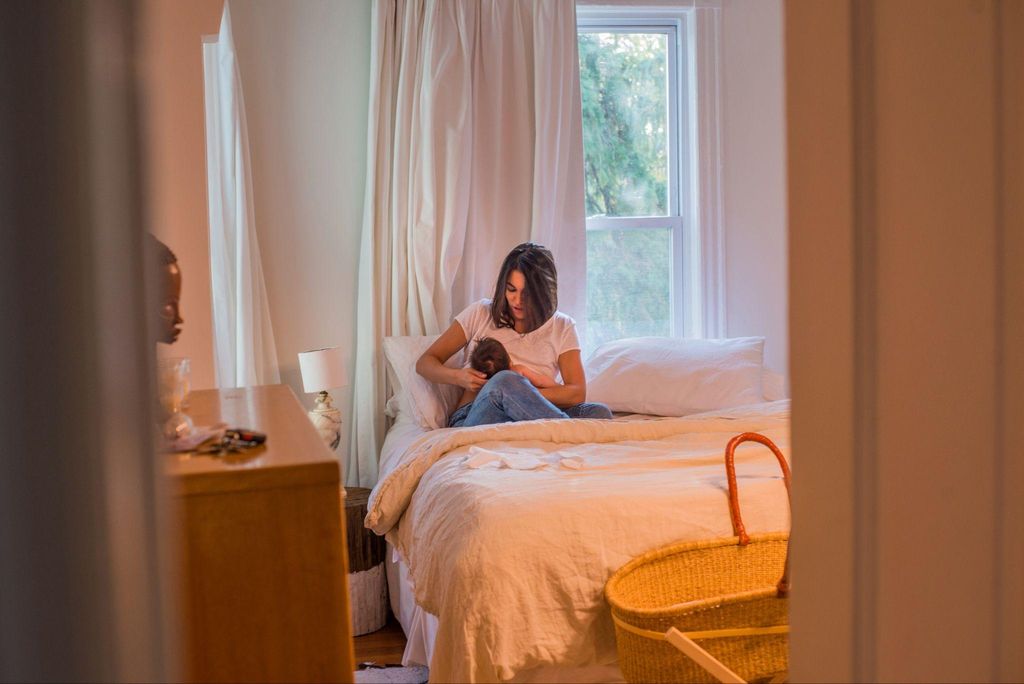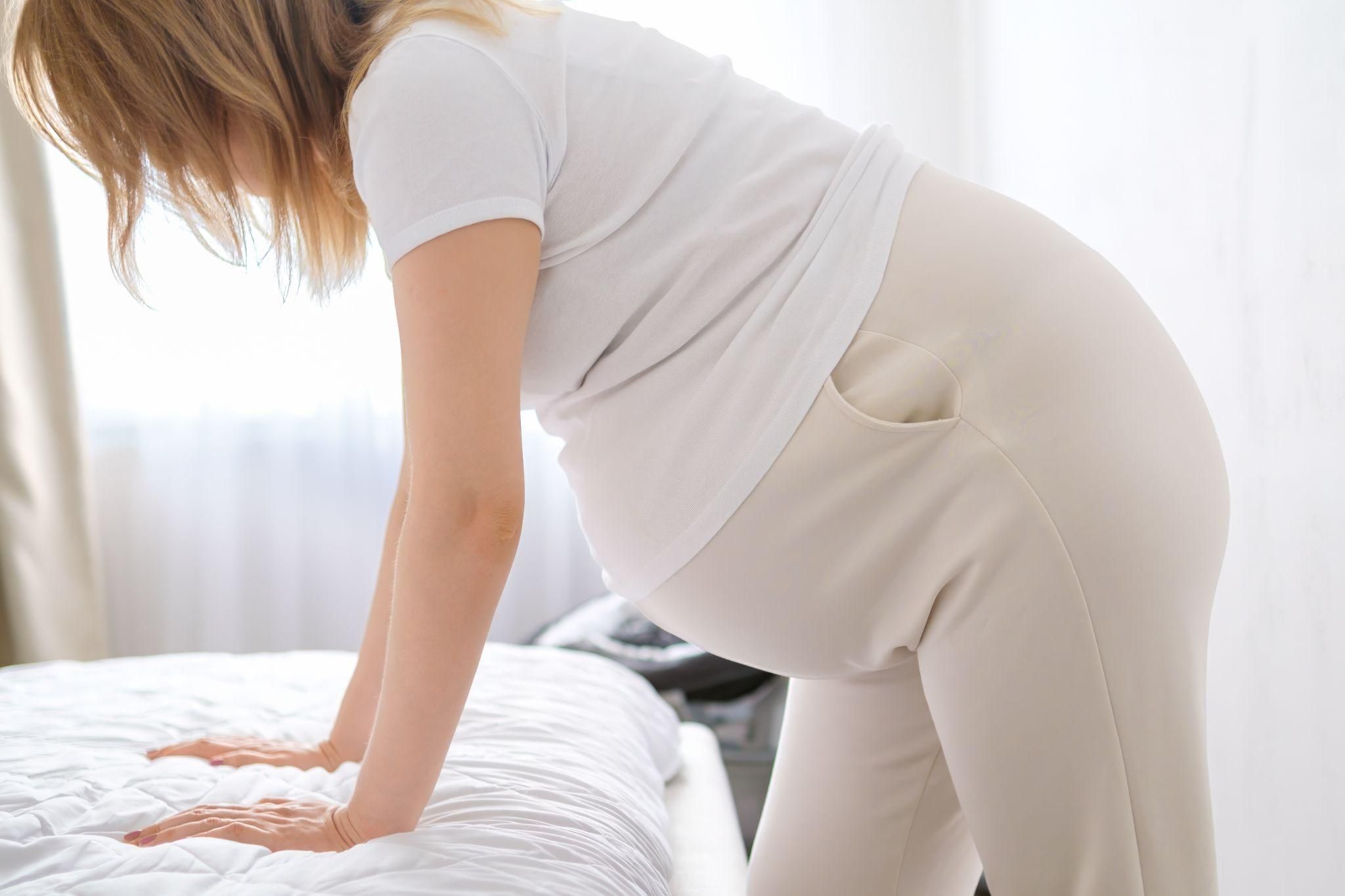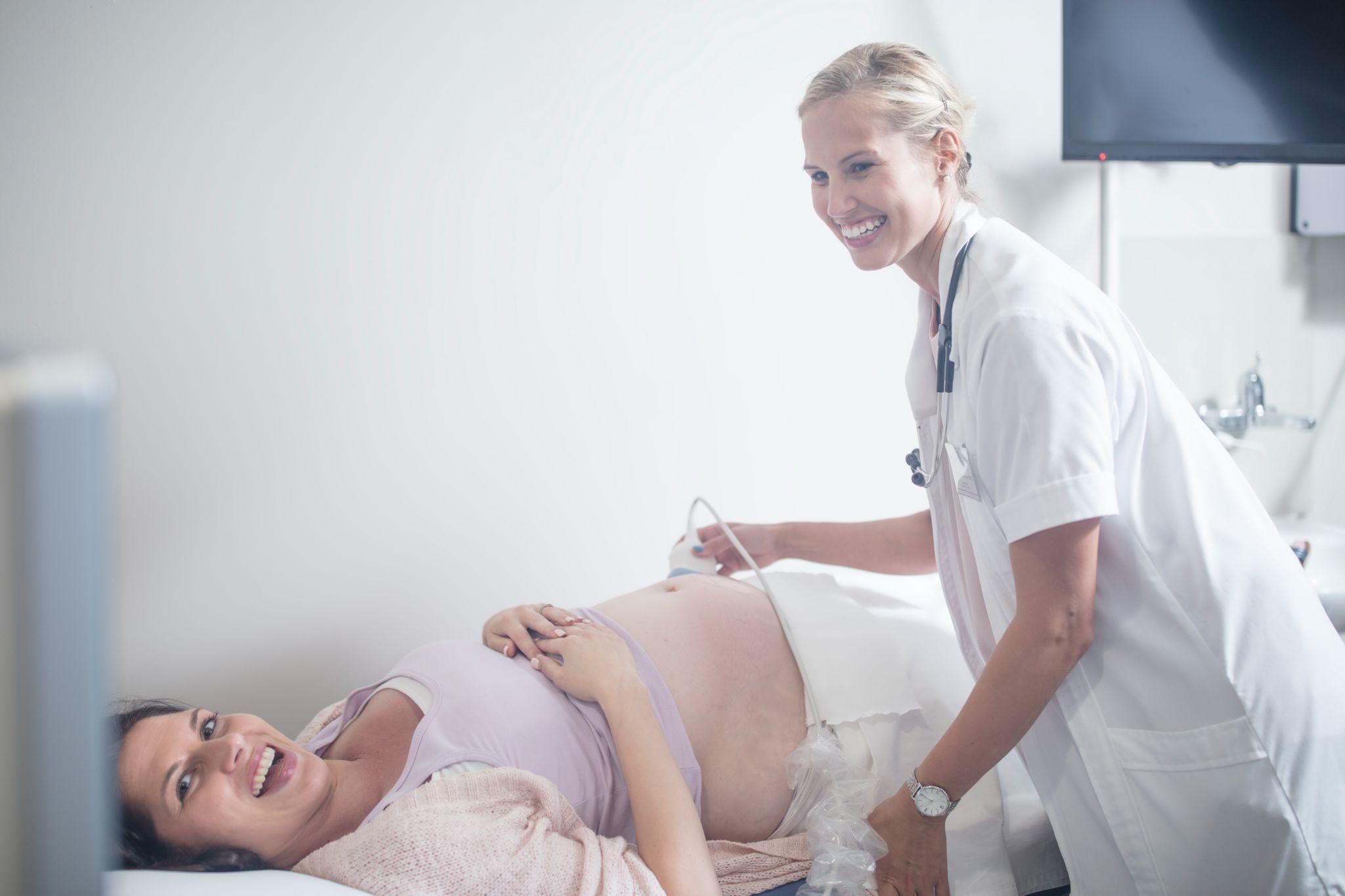Can I Have a Breech Birth at Home?
Having a breech baby presents unique challenges for parents-to-be, and many might question whether it’s possible to have a breech birth at home. While the idea of a home birth can be very appealing for many expecting parents, breech births—where the baby is positioned with its bottom or feet down instead of the head—require careful consideration of the associated risks. In this article, we’ll explore the factors surrounding breech births, their potential for occurring in a home birth setting, and what antenatal care should look like for expecting parents considering this route.
A breech presentation occurs when a baby is positioned with its bottom or feet pointing towards the birth canal, rather than its head. There are three common types of breech positions:
Frank breech: The baby’s bottom is down with its legs straight up towards the head.
Complete breech: The baby’s bottom is down with its legs bent, and the knees are drawn up towards the chest.
Footling breech: One or both of the baby’s feet are positioned to come out first.
According to the NHS, breech births occur in about 3–4% of pregnancies at term (after 37 weeks) (NHS, 2022). Most babies will naturally turn into the head-down position by the 36th week of pregnancy. However, if a baby remains breech by the time of labour, it can present specific challenges that require careful management.
Can I Have a Breech Birth at Home?
The decision to have a breech birth at home requires careful thought, professional guidance, and a well-supported antenatal plan. While vaginal breech births were more common in the past, today they are often considered higher risk. Most healthcare providers in the UK would recommend a hospital birth for breech presentations, where a medical team can intervene quickly if necessary. However, some parents may still be interested in having a breech birth at home, and it’s important to weigh the pros and cons of this decision.
Professional Support and Antenatal Care
Expecting parents considering a breech home birth need to ensure that they have access to skilled midwives or obstetricians who are experienced in managing breech pregnancies. This may involve additional antenatal appointments, which will include monitoring the baby’s position and assessing the health of both mother and baby.
Antenatal care for breech pregnancies typically includes:
Routine checks for maternal health: Regular antenatal check-ups and scans are essential for assessing the baby’s position, growth, and any potential complications.
Pelvic examinations: These may help to assess whether the mother’s pelvis is suited to vaginal delivery, especially if the baby is in a breech position.
Consideration of an ECV (External Cephalic Version): An ECV is a procedure performed in some hospitals to attempt turning the baby from a breech to a head-down position. This may be offered to women whose babies are breech before 37 weeks and may be part of the antenatal care plan for breech pregnancies.
Additional scans: Antenatal scans may be used to assess the baby’s growth and to confirm the breech presentation. This helps to assess whether it is possible to attempt a vaginal birth or if a caesarean would be necessary.
The safety and suitability of a breech birth at home will depend largely on the expertise of your antenatal care provider and your individual pregnancy circumstances. Some healthcare providers may support a planned vaginal breech birth at home, but only under strict conditions, such as proximity to a hospital in case of an emergency and availability of skilled professionals.
What Are the Risks of a Breech Home Birth?
The risks associated with a breech birth are higher than those of a head-down (cephalic) presentation, which is why many women choose to deliver in a hospital setting. The primary risks include:
Prolonged labour: A breech baby may be more difficult to deliver, leading to a longer labour.
Cord prolapse: In a breech presentation, the umbilical cord may be at risk of prolapsing (slipping into the birth canal before the baby), which can restrict blood flow to the baby and may require an emergency intervention.
Injury to the baby: Breech babies are at a higher risk of injury during delivery, particularly to the head and neck, as these parts may be delivered last. The baby may also experience difficulties with breathing immediately after birth.
Increased risk of Caesarean section: Breech pregnancies often lead to a higher rate of planned Caesarean births. While some women can deliver breech babies vaginally, others may experience complications that necessitate a Caesarean.
Given these risks, a home birth with a breech baby is often not advised unless all of the following conditions are met:
The baby is in a favourable breech position (such as frank breech, which has fewer complications compared to a footling breech).
The labour is progressing normally, with no signs of fetal distress.
The birth is planned with a well-trained, experienced midwife who is confident in handling breech deliveries.
The home birth is in proximity to a hospital for immediate medical care, should an emergency arise.
Can I Attempt a Home Birth After a Breech Baby Is Identified?
In some cases, a woman may plan a home birth well in advance, but the baby may be found to be in a breech position late in pregnancy. This raises the question of whether it is still safe to attempt a home birth. In these cases, women may have several options:
ECV (External Cephalic Version): If the baby is breech but not yet in a position where a breech delivery is recommended, some women may undergo an ECV to try and turn the baby head-down. While this can be successful in some cases, it is not always successful, and there are some risks associated with the procedure, including fetal distress.
Informed Decision-Making: If the baby remains breech despite attempts to turn them, parents can work with their midwife or obstetrician to make an informed decision. Some may choose to proceed with a vaginal breech birth at home, but others may opt for a hospital delivery, especially if the risks seem too high.
Consider Antenatal Support Options: Some parents find that antenatal yoga, pregnancy massage, or relaxation techniques help them manage the anxiety and stress related to a breech presentation. These methods may also assist with turning a breech baby, although success is not guaranteed.
The decision to attempt a breech birth at home should not be taken lightly. While the option may seem appealing for some expecting parents, it’s essential to weigh the risks carefully and to have open discussions with healthcare providers about the safest delivery options. Ultimately, the safety of both mother and baby should be the primary concern.
Expecting parents with a breech baby should prioritise comprehensive antenatal care, including scans, regular check-ups, and appropriate professional guidance. With the right support, informed choices can be made that ensure the safest possible outcome for both mother and baby, whether at home or in a hospital.
References
- The Ultimate Antenatal Classes
Prepare for labour, birth, and baby care with nine experts, including senior NHS midwives and an award-winning obstetrician!
https://unii.com/en/journey/ultimate-antenatal-classes









